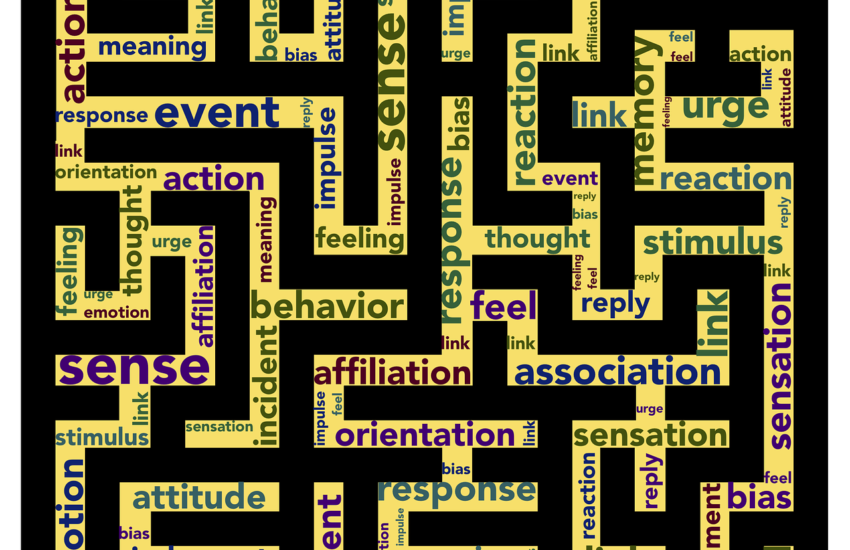Today I’m continuing the topic that deals with the construction of a managerial tool and its role in building an artificial manager. In the previous post, I introduced basic concepts such as the organizing problem, management method and managerial tool. Let’s remind how it works in practice.
In a company or any organization we have organizing problems to solve – otherwise no one including the manager in that company would be needed. The business of the company even consists only of organizational problems to be solved. The main figure solving these problems is the manager, who, in order to do so, uses a certain method (or technique) of management – I called it the managerial method. But in order to actually apply it, he has to have some kind of managerial tool – if only a blank sheet of paper, but usually some kind of program or file in Word or Excel, for example.
And what’s next?
Now it’s time to make such a managerial tool useful to the manager and at the same time record what that manager specifically does. This is not such a simple matter at all. For example, when I’m writing in Word, this program can also record what I’m doing, but in order to infer anything from it or follow me, the program has to divide my work into separate activities, e.g. writing, inserting a picture, changing the font, and so on. The same would have to be done for recording the manager’s work. Just how to do it?
Well, taking into account the meaning of the phrase “Managing is about getting things done”, one can conclude that the concept of “behavioral unit” (in the original “behavioral unit” – author’s note) provides an opportunity to take an analytical approach to the management process and separate the various elements of the process. At the same time, this concept can be used to construct managerial tools. And that’s why I used “behavioral unit” to construct managerial tools. Each managerial tool is there for the manager to take just one “behavioral unit”.
A unit of behavior is an uninterrupted behavior, of any duration, seen as an action of an individual or group. A unit of behavior has a beginning and an end and a well-defined meaning in a given context of activities [1].
As K.M. Watson writes, the most important issue in distinguishing behavior units is to define them in such a way as to keep them disjoint in a specific set of behaviors. This author also draws attention to the problem of selecting the units of behavior to be analyzed and the problem of how to encode information about a unit of behavior [2].
If one transfers the concept of behavioral unit to the management sciences, it turns out that behavioral units are a component of the structure of “organization-environment relationship” (in the original “organization-environment relationship” – author’s note) [3]. The concept of reality structure, or in the case of management science, organizational reality structure, comes from psychological research conducted by E.C. Tolman and E. Brunswigk and the philosophical considerations of S. Pepper. S. Pepper’s functional contextualism included a way of describing the world, the elements of which were used in the concept of organizational size system in terms of managerial tools. At its core, it contained a way of understanding the world that was largely consistent with L. Wittgeinstein’s theory of facts.
The structure of reality according to S. Pepper could be represented in language as pairs consisting of a verb and a noun [4]. Due to the importance of this aspect in the concept of organizational size system, it is necessary to quote in the original after R. Cooper and S. Fox’s description of S. Pepper’s vision of the structure of reality: “It is doing, and enduring, and enjoying: making a boat, running a race, laughing at a joke, solving a problem, communicating with a friend.” [5]
This view of organizational reality is reflected in the classification of organizational size and in the assumptions of managerial tools. In the next post, I will show what characteristics managerial tools should have, which are the components of an artificial manager.
[1] J.D. Hatfield, D. Weider-Hatfield: The Comparative Utility of Three Types of Behavioral Units for Interaction Analysis. Communication Monographs 1978, Vol. 45, s. 44-50.
[2] K.M. Watson: A Methodology for the Study of Organizational Behavior at the Interpersonal Level of Analysis. Academy of Management Review 1982, Vol. 7 (3), s. 393.
[3] E.E. Emery, E.L. Trist: The Causal Texture of Organizational Environments. Human Relations 1965, Vol. 18, s. 21-32.
[4] E.C. Tolman, E. Brunswigk: The Organism and the Causal Texture of the Environment. Psychological Review 1935, Vol. 42, s. 43-77; M. Williamson: Stephen Pepper’s World Hypotheses and Metaphilosophical Evaluation. Transactions of the Charles S. Peirce Society 1983, Vol. 19 (3), s. 254-271.
[5] R. Cooper, S. Fox: The ‘Texture’ Of Organizing. Journal of Management Studies 1990, Vol 27 (6), s. 575.

